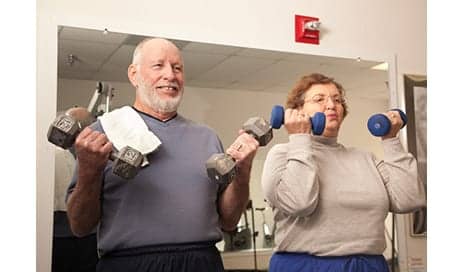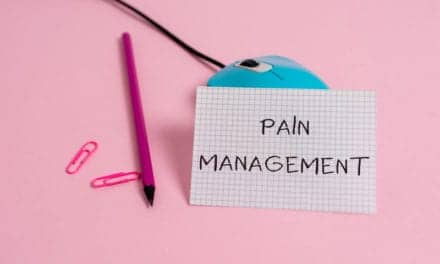Federal guidelines suggest achieving 150 minutes of moderate activity per week for one’s health. However, older adults who performed 45 minutes of activity per week still saw benefits, according to a recent study.
Older adults with arthritis need to keep moving to remain functionally independent. However, only one in 10 of them meet the 150-minutes-per-week guideline, suggests a media release from Northwestern University, whose researchers set out to determine a less overwhelming activity goal for this population.
Their study notes that 45 minutes per week turned out to be the sweet spot, suggesting that participants—both men and women—who achieved this amount of moderate activity, such as brisk walking, were 80% more likely to improve or sustain high future function over 2 years compared with those who achieved less activity per week.
In the study, published in the journal Arthritis Care & Research, the research team used movement-monitoring accelerometers to measure the physical activity of 1,600 adults from the nationwide research study, Osteoarthritis Initiative, who had pain, aching or stiffness in their hips, knees or feet.
“Even a little activity is better than none,” says first author Dorothy Dunlop, professor of rheumatology and preventive medicine at Northwestern University Feinberg School of Medicine, in a media release from Northwestern University. “For those older people suffering from arthritis who are minimally active, a 45-minute minimum might feel more realistic.”
“The federal guidelines are very important because the more you do, the better you’ll feel and the greater the health benefits you’ll receive,” Dunlop adds. “But even achieving this less rigorous goal will promote the ability to function and may be a feasible starting point for older adults dealing with discomfort in their joints.”
The study’s aim was to examine the type and intensity of physical activity older adults with arthritis needed to remain functional over 2 years.
“We were interested in seeing what kind of physical activity might be beneficial to promote good function down the road. We found moderate-intensity activity rather than light activity, such as pushing a grocery cart, to be more valuable to promote future function,” Dunlop states.
“We found the most effective type of activity to maintain or improve your function 2 years later was moderate activity, and it did not need to be done in sessions lasting 10 minutes or more, as recommended by federal guidelines,” Dunlop says.
[Source(s): Northwestern University, Science Daily]





